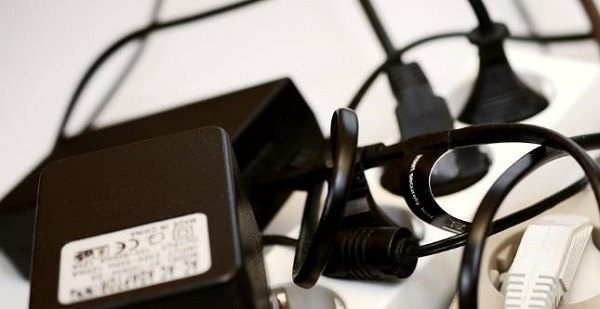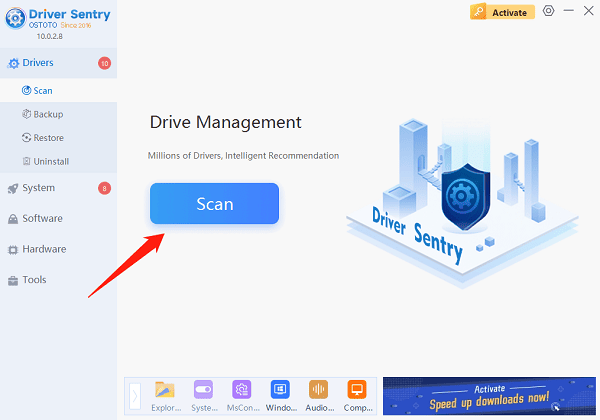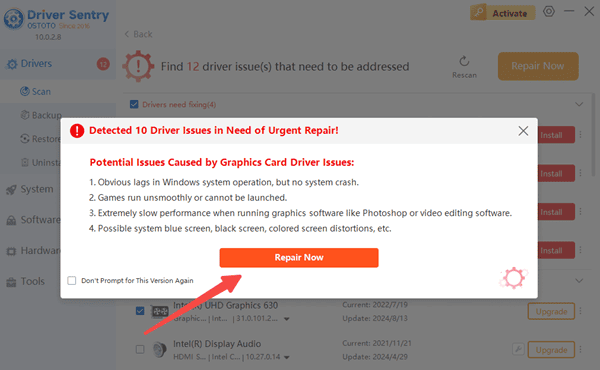
A computer that won't turn on is a common but headache-inducing problem. It may be caused by hardware failure, software error, power supply problem or other factors. In order to find out the root cause of the problem and try to fix it, we need to do a systematic troubleshooting.
1. Power Supply Problem
First of all, we need to check whether the computer is powered on. If there is no response after pressing the power on button, such as no fan spinning, no indicator light on or no sound, the possible causes include:
The power cord is not properly plugged into the outlet or the plug is faulty
Damaged adapter or power supply
Faulty motherboard or power button
Solution:
Make sure the power cord is plugged in securely and try replacing the outlet or plug.
In the case of laptops, check for a damaged battery and try disconnecting the battery and powering on directly using the power adapter.
Desktop users can check if the power supply unit (PSU) is working properly and replace it if necessary.

2. Display or Connection Problems
Sometimes the computer actually turns on, but the screen doesn't display, leading the user to believe it won't boot. Possible causes include:
The monitor power is not turned on or the connection cable is loose
The computer's cable to the monitor is damaged or not plugged in correctly
The monitor is set up incorrectly and the correct input source is not selected
Solution:
Make sure the monitor is powered on and check that the cables are properly connected.
If there are multiple display output ports, try plugging in different ports.
Test with a different monitor or cable.
3. Hardware Failure
If the computer is powered on but cannot enter the system, it may be caused by some hardware failure, such as:
Loose or damaged memory sticks
Faulty hard disk, unable to read the system
Faulty motherboard, graphics card or other components
Solution:
Turn off the computer and unplug it, open the case (if it is a desktop) or the back cover (if it is a laptop) and re-insert the memory sticks.
Check if the hard disk is well connected, try replacing the cable or testing another hard disk.
If the computer is making strange noises (e.g., dripping sounds), it may be a memory or motherboard problem, and you need to consult the motherboard manual for the fault code.
4. Driver Update Problem
In some cases, a computer that fails to boot up may be caused by a failed or incompatible driver update. Driver issues may affect the normal operation of the graphics card, motherboard or other critical hardware.
Solution:
Enter Safe Mode and try to roll back the most recently updated drivers. If the system allows it, try updating to the latest driver using Driver Sentry to ensure compatibility.
Click the download button to get the latest version of Driver Sentry. After installation, open the software and click "Scan".

If the software detects outdated or damaged drivers, it will recommend updates. Click "Repair Now" to complete the update.

Restart your computer to see if the issue is resolved.
5. Other Possible Causes
In some cases, the computer not booting up may be caused by other specific problems, such as:
Incorrect BIOS settings that prevent the system from booting properly
Recently installed incompatible hardware or software
CMOS battery is dead, which prevents the motherboard from saving important settings.
Solution:
Enter the BIOS setup (usually by pressing Del or F2 when booting) and check if the boot sequence is correct.
Remove the recently installed hardware or software and try to power on the computer.
Replace the CMOS battery on the motherboard.
The above are the reasons and solutions for why your computer won't boot up, hope it will help you.
See also:
Ways to Fix NVIDIA Driver Installation Failure
Troubleshooting DirectX 12 Unsupported on Windows Systems